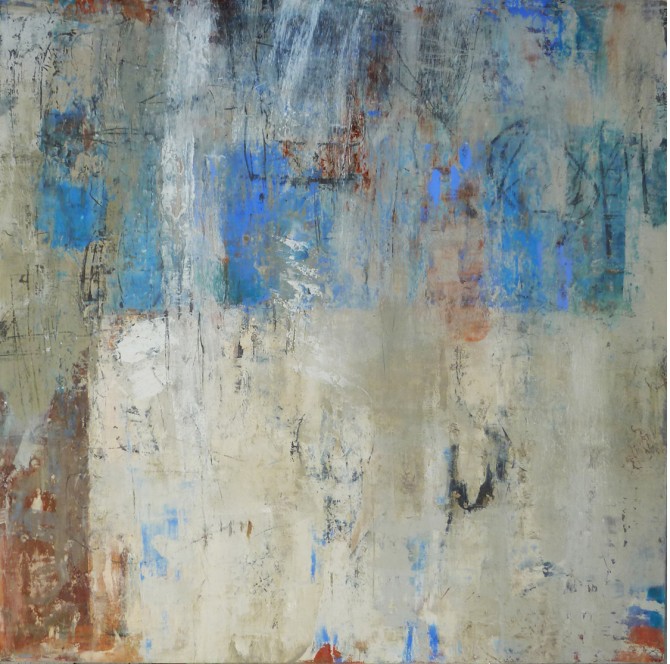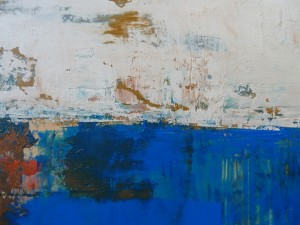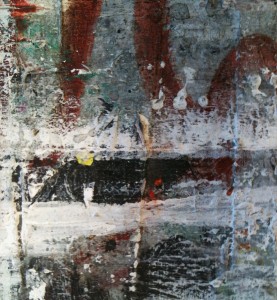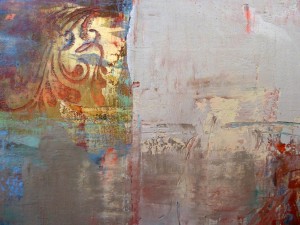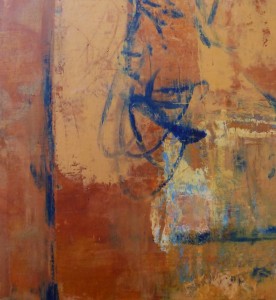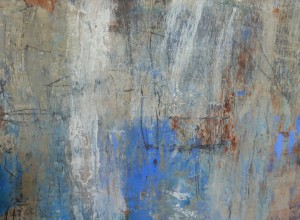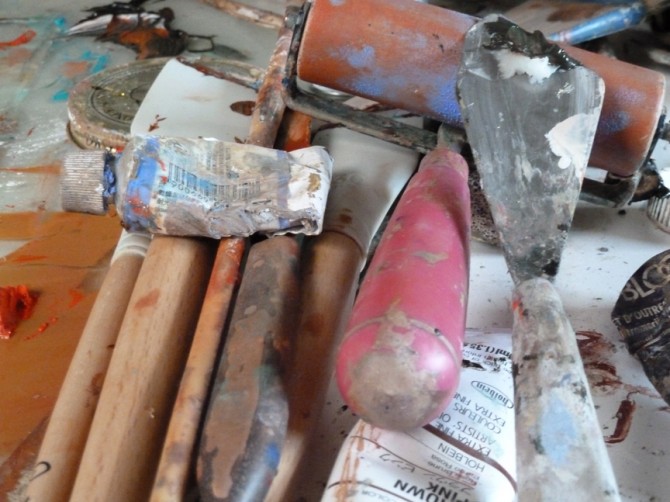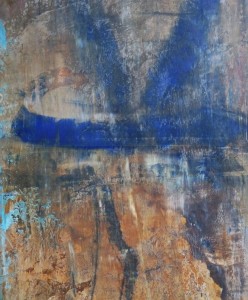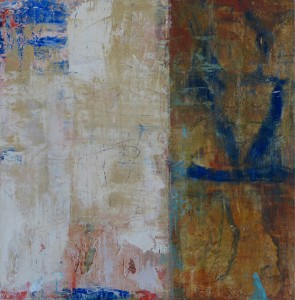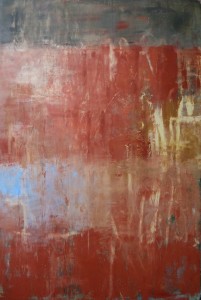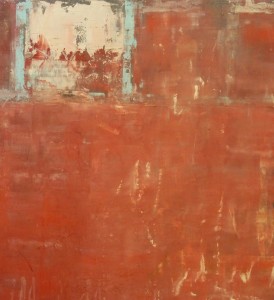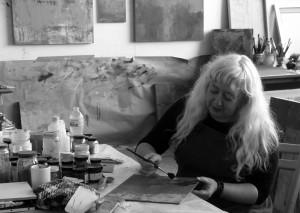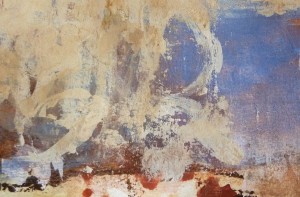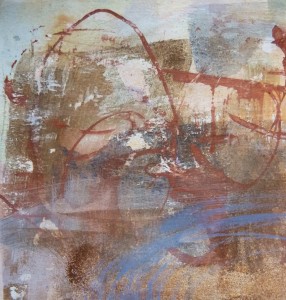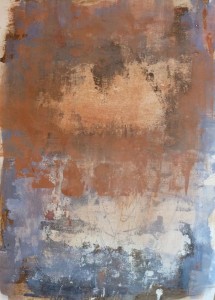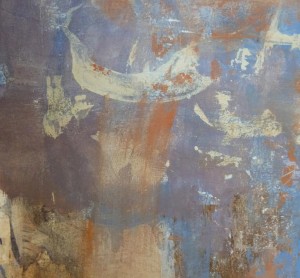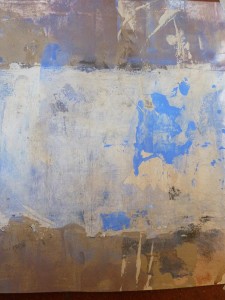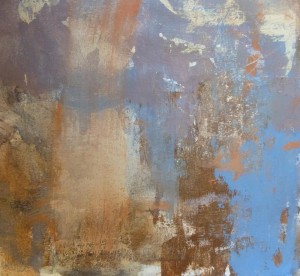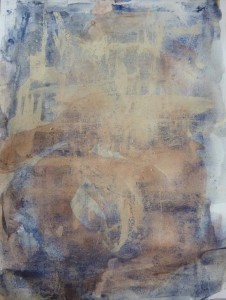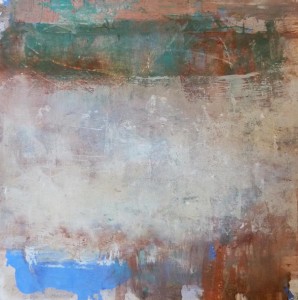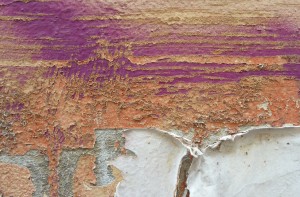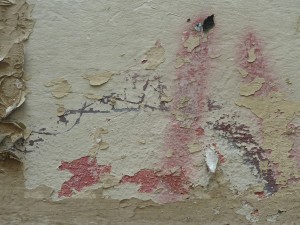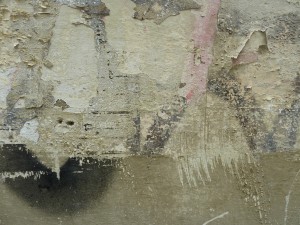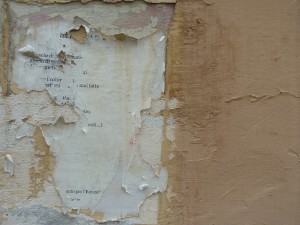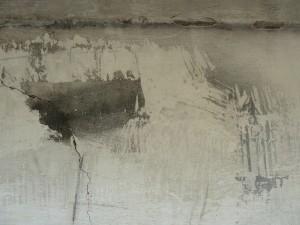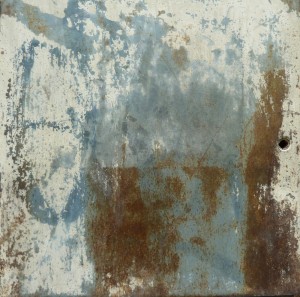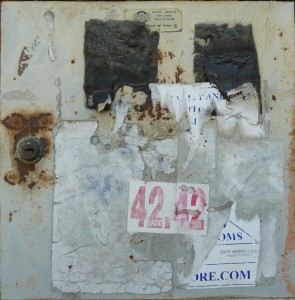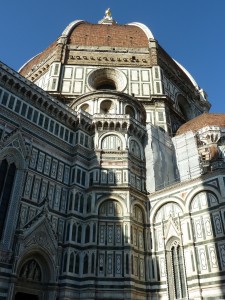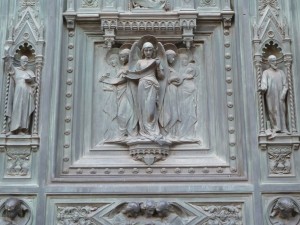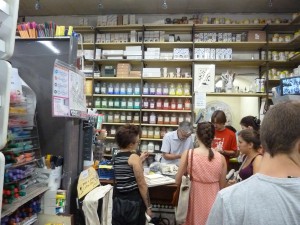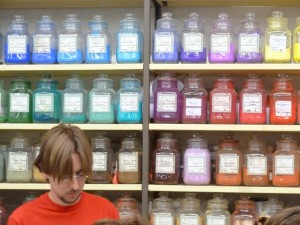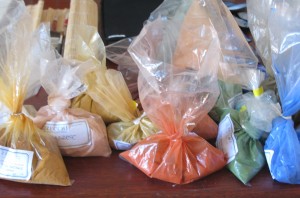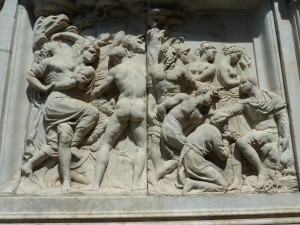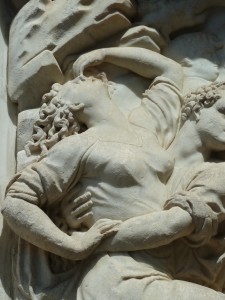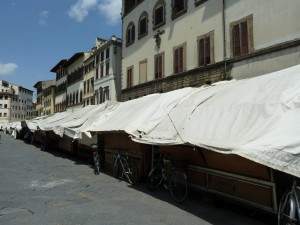Photo: Fabio Salvatori, Building 128, detail
Brooklyn Navy Yard Arts (BNYarts) is an association of artists and artisans at the Brooklyn Navy Yard.
BNYarts OPEN STUDIOS with OHNY
October 6-7, 2012, 12-5pm Visit dozens of artists’ studios at the Brooklyn Navy Yard. This year BNYarts resumes its fall Open Studios event. It’s part of the annual Open House New York Weekend (OHNY.org). Since the opening of BLDG92, the new visitors center on Flushing Avenue at the Navy Yard, finding the Navy Yard has never been easier. With the support of staff at BLDG 92 and the Brooklyn Navy Yard Development Corp., we hope to make the fall BNYarts Open Studio an annual event.
Participating BNYarts artists and artisans:
Michel Alexis Painting, Bldg 5, Suite 202
Jen Baer Photography & Family Media Preservation, Bldg 131, Suite 3Q
Nel Bannier Life-size figurative ceramic sculpture, Bldg 131, Suite 204 small door
Nancy Bowen Sculpture & Collage, Bldg 30, Suite 105
Jeff Britton Painting, Bldg 131, Suite 207
Paul Campbell Painting, Performance, Video, Bldg 5, Suite 202
Clockwork Apple Model-making and fabrication, Bldg 280, Suite 320
Wayne Coe Painting, Performance, Drawing, Bldg 30, Suite 106
Noel Copeland, Monoco Designs, Pottery, Sculpture, Ceramics, Bldg 62, Suite 306
Claudio D’Alberti Painting & Sculpture, Bldg 131, Suite 3R
Carrie Dashow Interdisciplinary, Performance, Video, Bldg 62, Suite 206**
Davina Zagury Feinburg Photography, Artist & private commissions, Bldg 131, Suite 3Q
Myrna Gordon Sculpture, Painting, Bldg 131, Suite 204
Michelle Greene Sculpture, Public Art, Bldg 280, Suite 613
Erica Greenwald Combined Media, Bldg 280, Suite 610
Eve Havilcek, Painting, Bldg 30, Suite 206
Reuben King RTK Ceramics, Pottery, sculpture, ceramics, Bldg 62, Suite 306
Charlotta Janssen Augmented Portraiture, “Dark Norman Rockwellism,” Bldg 280, Suite 815
Winicjusz Lysik Painting, Bldg 280, Suite 514 Artopia**
Halina Marki Painting, Sculpture, Bldg 280, Suite 514 Artopia**
Justin Martin Painting, Bldg 280, Suite 610
Patrick Meehan Painting, Bldg 131, Suite 206
Jackie Meier Painting, Bldg 131, Suite 3R
Naomi Katz Plotkin Painting, Drawing, Prints, Bldg 280, Suite 613
Darcy Brennan Poor Works on Paper, Bldg 280, Suite 610
Robert Martin Designs Original Furniture Design & Manufacturing, Bldg 280, Suite 223
Julie Ryan Painting, Wall Violin, Bldg 62, Suite 206
Fabio Salvatori, Painting, Sculpture, Photography, Bldg 280, Suite 603
Karen Seapker Painting, Bldg 280, Suite 610
Rebecca Simon Painting, Bldg 280, Suite 610*
Chris Spadazzi Fine Art, Industrial Design, Bldge 280, Suite 507*
Andrea Stanislav Sculpture, Installation & Video, Bldg 280, Suite 815
Suprina Sculpture, Bldg 152, 2nd Floor
Pamela Talese Painting, Bldg 62, Suite 304
Tamara Thomsen Painting, Bldg 131, Suite 3C
Bruce Tovsky Large-format Inkjet Prints, Bldg 30, Suite 106
Tracy Wuischpard, Painting, Bldg 30, Suite 106
Susan Woods Sculpture, Bldg 131, Suite 207
Elizabeth Yamin Painting, Bldg 62, Suite 203
* studio open only Saturday October 6
** studio open only Sunday October 7
• BNYarts Open Studios with OHNY is Saturday, October 6th and Sunday October 7th, 12 to 5pm.
• Open to the public, free admission
• Visitors entrance to the Brooklyn Navy Yard is at: BLDG 92, 63 Flushing Ave., Brooklyn NY 11205.
• Public transportation: F York St., A High St., B48, B57, B62
• A free weekend shuttle service is provided by BLDG 92:
Saturday and Sunday at Jay Street and Willoughby Street in downtown Brooklyn, easy to access from Jay St./Metrotech station (A,C,F,N,R) and a quick walk from Borough Hall Stations (2,3,4,5)
Schedule from Jay/Willoughby at 12:00, 1:00, 2:00, 3:00, 4:00, 5:00 to BLDG 92
Schedule from BLDG 92 at 12:30, 1:30, 2:30, 3:30, 4:30, 5:30 returns to Jay/Willoughby.
Download MAP as PDF

VISIT BLDG 92 Brooklyn Navy Yard Center
• 63 Flushing Ave., Brooklyn NY 11205 BLDG92.org
• HOURS: Wednesday-Sunday 12pm to 6pm
• Admission is free
• Cafe Ted & Honey hours Saturday and Sunday 12 to 6pm
• Public transportation: F York St., A High St., B48, B57, B62
• A free weekend shuttle service is provided by BLDG 92:
Saturday and Sunday at Jay Street and Willoughby Street in downtown Brooklyn, easy to access from Jay St./Metrotech station (A,C,F,N,R) and a quick walk from Borough Hall Stations (2,3,4,5)
Schedule from Jay/Willoughby at 12:00, 1:00, 2:00, 3:00, 4:00, 5:00 to BLDG 92
Schedule from BLDG 92 at 12:30, 1:30, 2:30, 3:30, 4:30, 5:30 returns to Jay/Willoughby.
Opened in 2011, BLDG 92 is an exhibition and visitor center. The Beyer, Blinder, Belle-designed facility is a restoration of an original Navy Yard building with a new 27,000 sf addition. Its current exhibit Brooklyn Navy Yard: Past, Present and Future with three floors of photographs, interactive displays, videos, a searchable resource room and more tell the story of the historic Navy Yard waterfront site: from its use by Native Americans to its role in the American Revolution; from the great naval ships designed and built here, to its emergence as the innovative industrial park you see today.
HELLO Brooklyn Navy Yard ARTISTS and ARTISANS
Is your studio or workshop in the Brooklyn Navy Yard?
Want to find out about art-related activities at the Navy Yard?
Would you like to meet other artists and artisans at the Navy Yard?
To sign-up for our group email newsletter, please send an email with your name, building# and room# to:[email protected]
ABOUT BNYarts
Brooklyn Navy Yard Arts is an association of artists and artisans at the Brooklyn Navy Yard, a modern industrial park in an historic waterfront setting on Wallabout Bay in the East River in Brooklyn, New York. The group includes painters, photographers, sculptors, ceramists, installation artists, scenic muralists, fine furniture makers and others in visual arts. Their work spaces are located in buildings throughout the 300 acre Navy Yard site. BNYarts shares arts information with its group and organizes events for the public.
Contact: [email protected]

